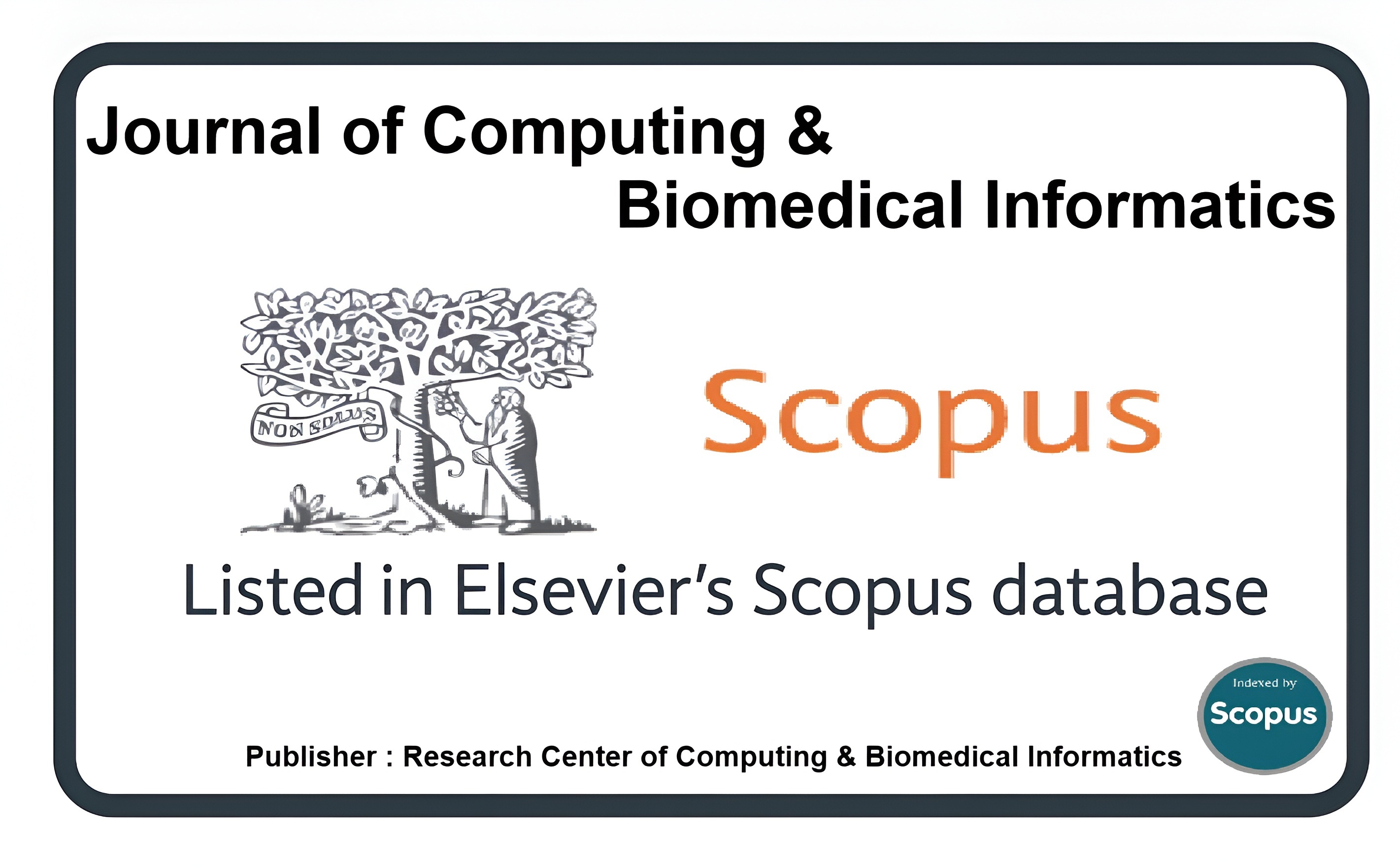Dynamic Malware Detection in Wireless Networks using Deep Learning
Keywords:
Malware, Wireless Networks, Deep Learning, Machine Learning Algorithms (MLAs)Abstract
In the current era of fast digital growth, the significance of security cannot be emphasized enough. Many academics have focused their efforts on creating malware detection systems that utilize data mining techniques to monitor and detect any security breaches. Nevertheless, despite these technological developments, existing systems continue to face challenges in attaining the necessary degree of precision for exact detection. Modern malware employs various evasive techniques, such as polymorphism and metamorphism, to rapidly change and generate numerous variants, challenging traditional detection methods. While machine learning algorithms (MLAs) have shown promise in malware analysis, they often suffer from slow performance due to extensive feature engineering and representation requirements. Advanced deep learning models can eliminate the need for feature engineering but may still face issues with biased performance due to skewed training data, which limits their real-time applicability. This research addresses these challenges by evaluating both classical MLAs and deep learning architectures for malware detection, classification, and categorization. Using a diverse set of public and private datasets, we performed experimental analyses with various dataset splits to train and test models over different timescales. Our key contribution is the development of a novel image processing technique with optimized parameters for MLAs and deep learning models, aimed at improving the effectiveness of zero-day malware detection.
Downloads
Published
How to Cite
Issue
Section
License
This is an open Access Article published by Research Center of Computing & Biomedical Informatics (RCBI), Lahore, Pakistan under CCBY 4.0 International License





